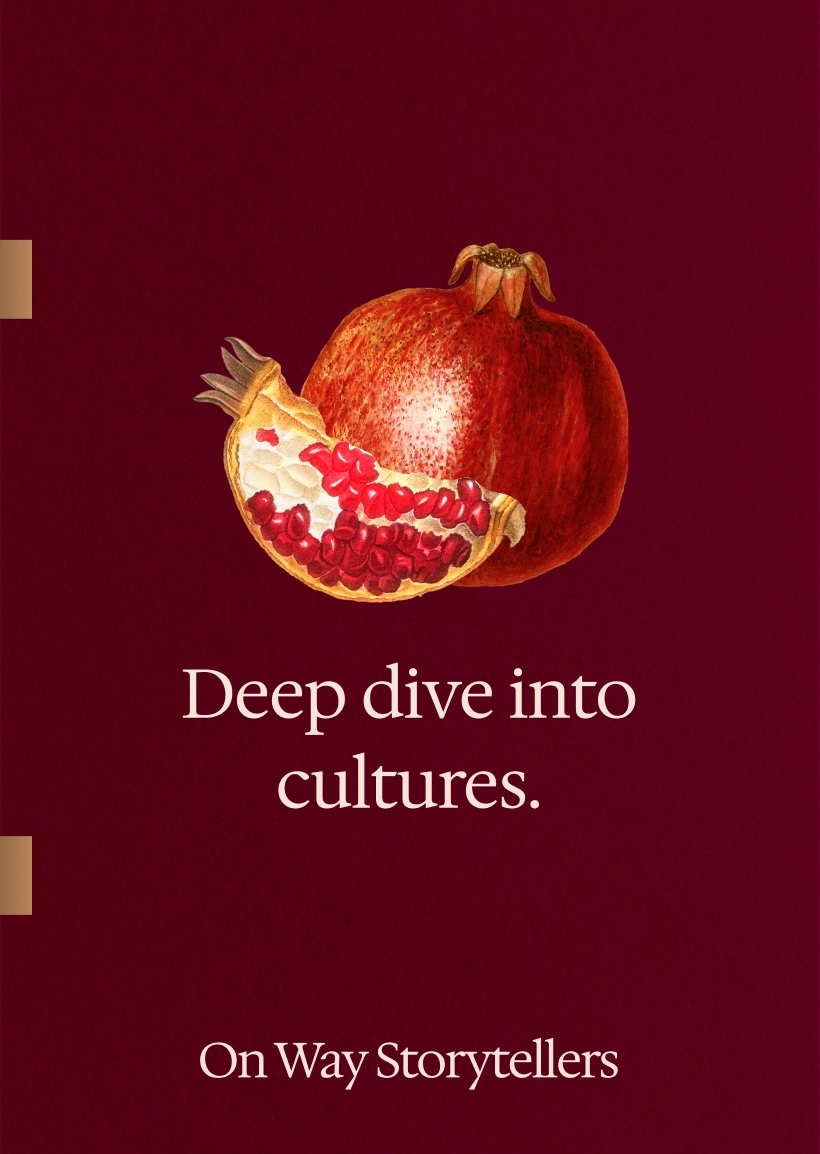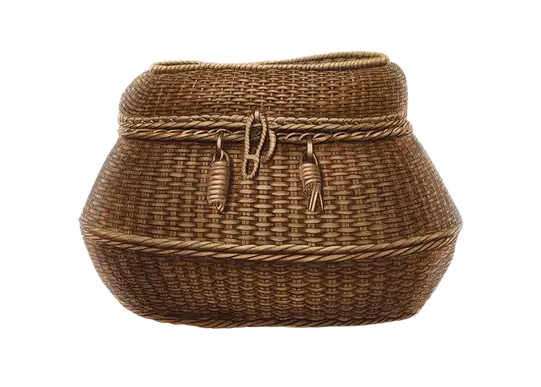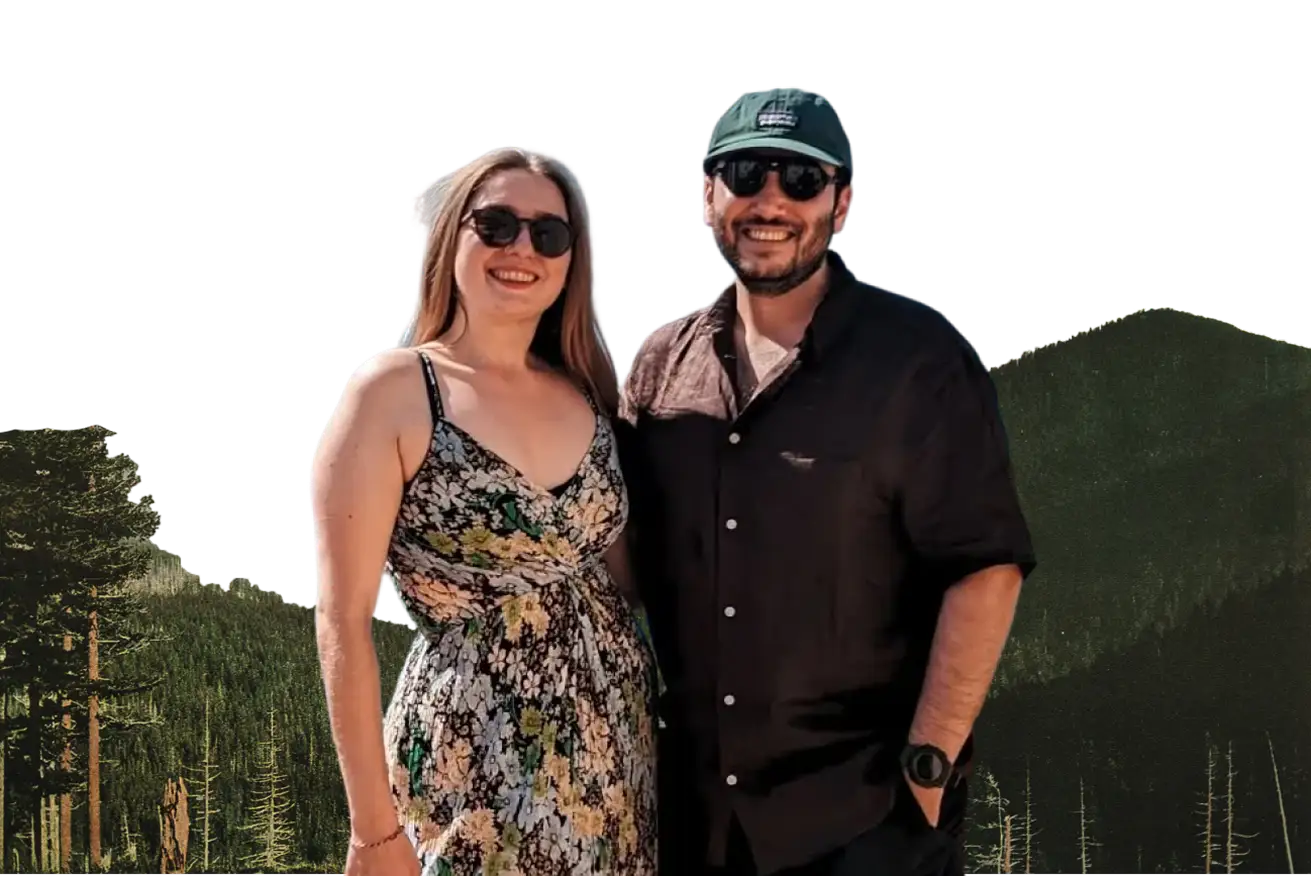What is the most valuable souvenir you can bring back from a journey?
We are often told it's a photograph or a decorative object for a shelf. But too often, the profound feeling of discovery fades upon our return. The photos get lost in our camera roll, and the beautiful objects start to gather dust, their stories slowly silenced by the return to routine.
At On Way Storytellers, we believe in closing that gap. We operate on a core truth: the journey doesn't truly end when you unpack; it begins anew when you start to intentionally weave its essence into your daily life. This is the practice of "Artful Living."
It's a quiet rebellion against collecting experiences as mere trophies. It’s about learning to see your own home as a living museum, and yourself as its thoughtful curator.
The curator's mindset: shifting from "owning" to "understanding"
The difference between a cluttered house and a meaningful museum is curation. A curator doesn't just accumulate objects; they understand the context and story of each piece.
By applying this mindset to the objects in your own life, you shift from passively owning things to actively engaging with their stories. A simple vase from your grandmother is no longer just a vase; it's an artifact representing family history.
Building your collection: three lenses for finding meaning
This practice is about asking better questions of the things you choose to live with. Here are three "Curious Explorer" lenses to start curating the museum of your own life.
1. The lens of story & origin (the artifacts)
This is our "story > souvenir" principle. The most powerful objects are those that hold a rich context.
Knowing the philosophical depth behind the wax-resist technique of Indonesian batik or the specific historical inspiration behind our Turkish coffee cups transforms them from simple items into daily conduits of cultural understanding.
2. The lens of sensory memory (the archive)
Some of the most potent connections are non-visual. Our homes can become rich, multi-sensory archives that nourish us long after a trip is over.
- Taste & smell as time machines: We intentionally bring back local coffees, teas, and spices. The aroma of zahter from Mardin doesn't just season a dish; it instantly transports us back to a bustling bazaar.
- The soundtrack of a place: We passionately collect vinyl records and create playlists inspired by our journeys. Music is a powerful tool for embedding memory and atmosphere. Listening to Thai funk rhythms while cooking re-invokes the feeling of exploring Southeast Asia.
3. The lens of personal ritual (the living heritage):
A memory, like a muscle, can atrophy without use. The final, crucial step is creating active rituals to keep the journey's insights alive.
Observe a daily ritual in your home – making morning coffee, lighting a candle, listening to music. Ask: Why this specific ritual? Does it bring comfort, create a transition, or connect you to something larger? This elevates a routine into an intentional act of grounding and reflection.
In our home, a simple Turkish rug woven by Riza's grandmother is a perfect example. Using the 'origin' lens, we see the story of nomadic craft. Using the 'memory' lens, Riza sees his childhood. Using the 'ritual' lens, we see the daily act of our feet touching it as a connection to family across distance. The rug becomes a multi-layered story we live with every day."
Curating the museum of your own life is a profound act of "Artful Living." It is a declaration that meaning, beauty, and history are not just things to be observed in galleries, but are present and available to be cherished in the intimacy of our own homes. It teaches us that the most important stories are the ones we choose to live with every day.
.svg)





